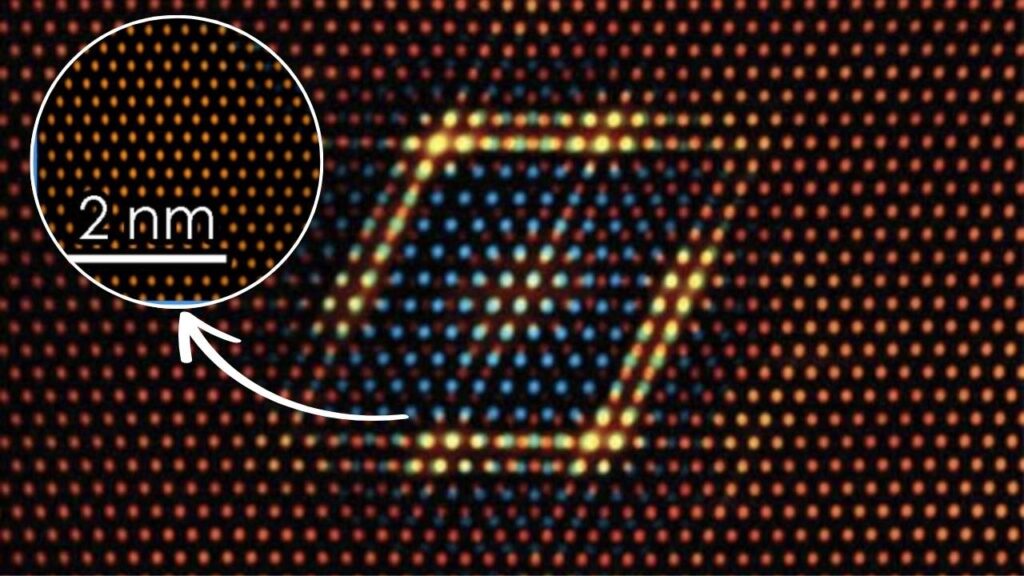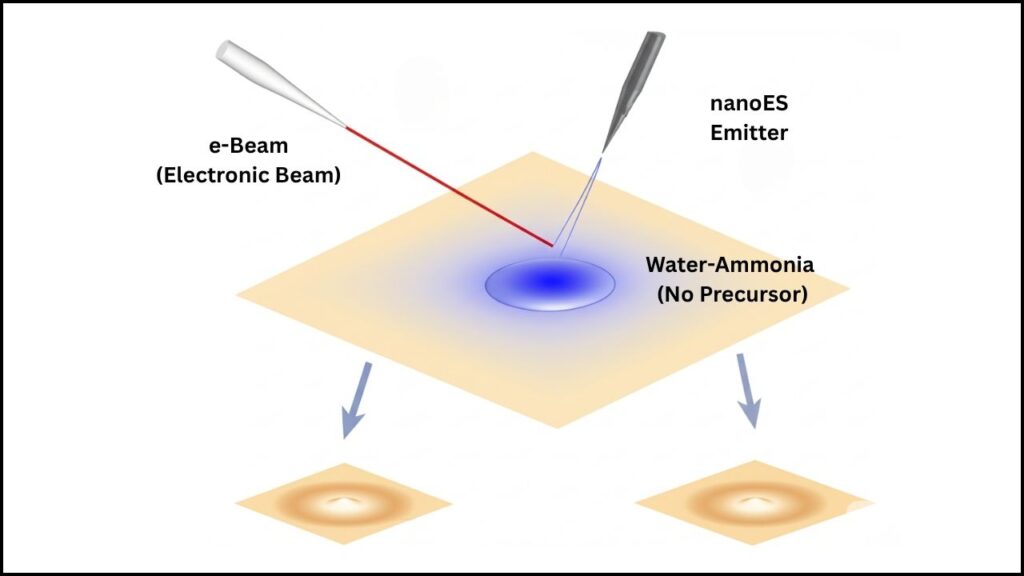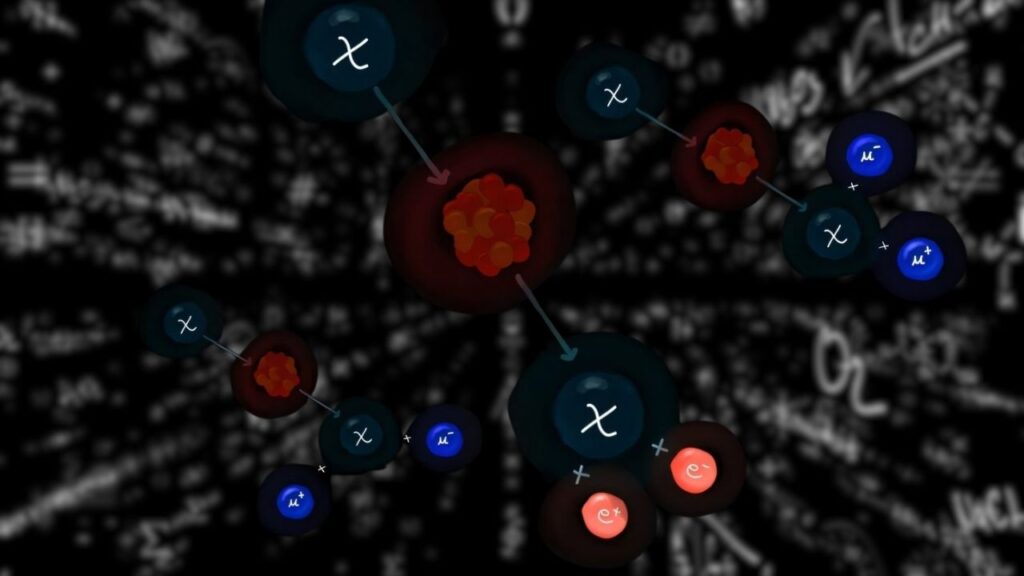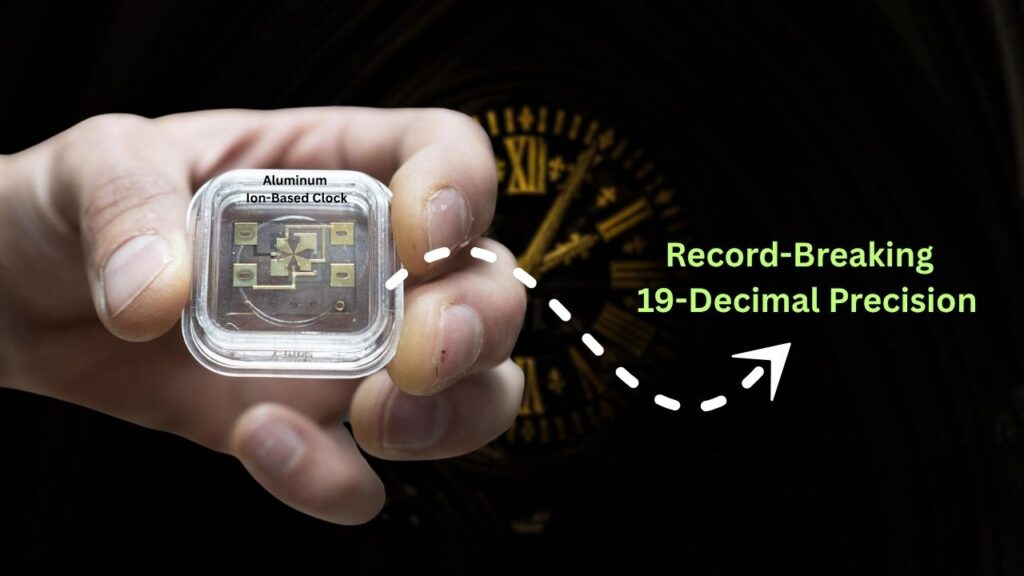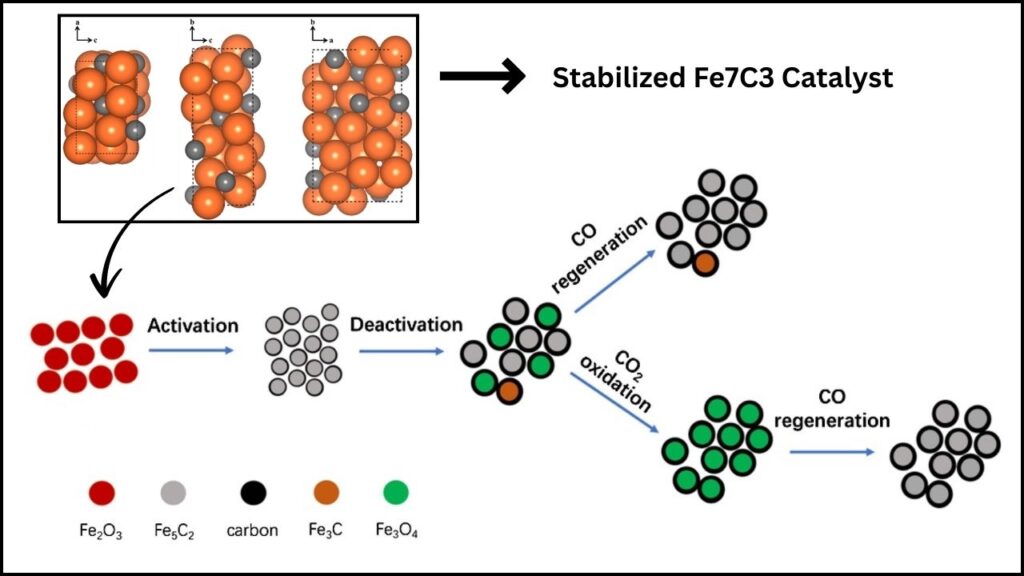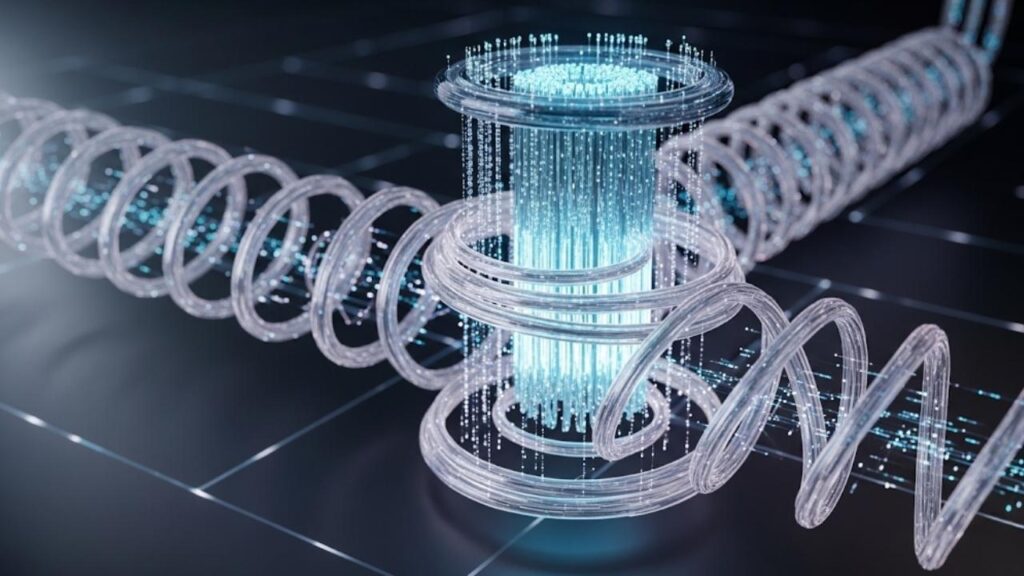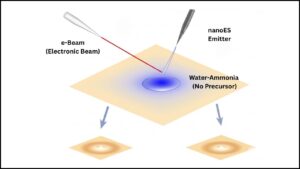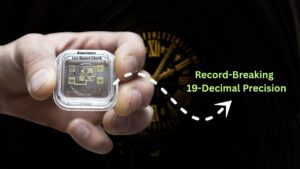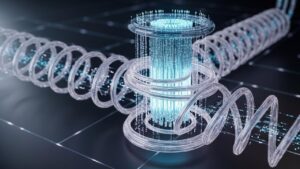In recent years, the dream of overcoming Earth’s gravity without using conventional rocket fuel has seemed like science fiction. That dream has entered the realm of possibility thanks to a breakthrough method developed by Dr. Charles Buhler, a former NASA electrostatics expert. His work at Exodus Propulsion Technologies promises a future where spacecraft could propel themselves without fuel, using what he calls a “New Force” generated by electric fields.

This article will break down Dr. Buhler’s discovery in clear, easy-to-understand terms, while offering practical insights for professionals interested in the cutting edge of propulsion technology. From the scientific context to potential applications, the information here merges expertise with accessibility.
Table of Contents
Engineer Claims Breakthrough Method to Overcome Earth’s Gravity
| Topic | Summary | Details/Stats |
|---|---|---|
| Inventor | Dr. Charles R. Buhler | Former NASA electrostatics lead; PhD in condensed matter physics |
| Technology | Electrostatic Propulsion Drive | Uses asymmetric electric fields to create thrust without fuel or expelled mass |
| Thrust Achievements | Enough force to counter Earth gravity | Early tests generated up to 1g force in vacuum, with ongoing improvements |
| Physics Challenge | Claims defy Newton’s Third Law | “New Force” acts without reaction mass—controversial and requires independent verification |
| Applications | Propellantless space travel potential | Could drastically cut costs and increase mission durations; potential lunar and deep space use |
Dr. Charles Buhler’s breakthrough method to overcome Earth’s gravity through electrostatic propulsion represents a potential revolution in space travel. With roots in decades of NASA experience and cutting-edge research, this technology could unlock fuel-free, sustainable propulsion. While it challenges conventional physics and requires more validation, its success would redefine exploration and commercial use of space.
For anyone interested in the future of propulsion, this development is a must-watch, promising new frontiers for science and industry alike.
Understanding Earth’s Gravity and Traditional Propulsion
Before diving into Dr. Buhler’s breakthrough, it’s important to understand the problem of overcoming Earth’s gravity. Gravity is a force pulling everything towards the center of the Earth with a strength roughly 9.8 m/s². To leave Earth’s surface and travel to space, rockets must push upwards with enough force to counteract this pull. Traditionally, rocket engines burn fuel and expel mass at high speed (known as thrust) to propel the vehicle upward.
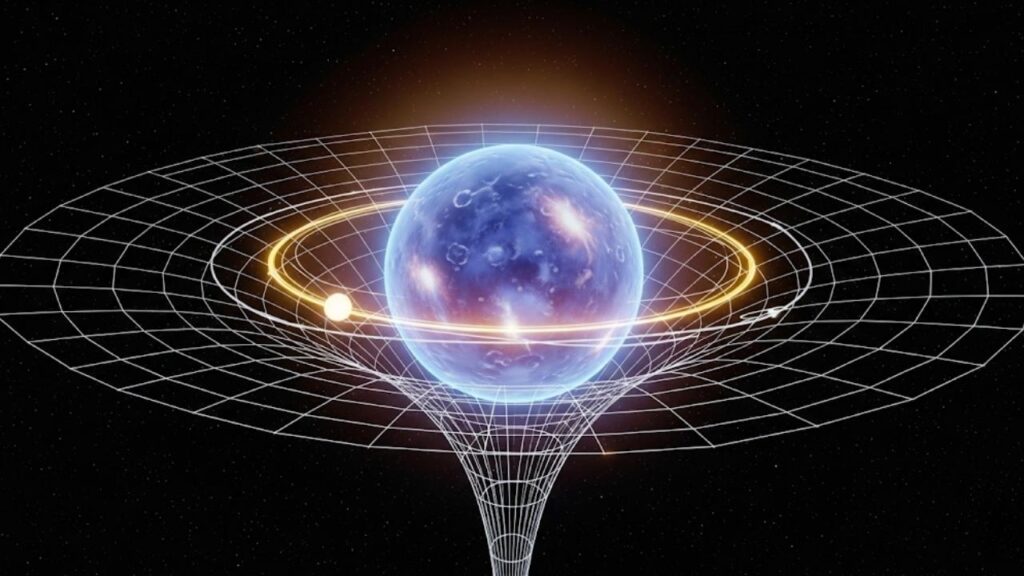
However, rocket fuel is costly, heavy, and limits how far or how long spacecraft can travel. That is why scientists have searched for alternatives that reduce or eliminate the need for fuel.
Who is Dr. Charles Buhler?
Dr. Buhler is not a novice dreaming up wild ideas; he is an experienced physicist and engineer with a solid background in spaceflight and electrostatics. He earned his PhD in condensed matter physics, specializing in materials’ electrical properties. He worked at NASA’s Kennedy Space Center, contributing to critical safety research on how spacecraft materials interact with electrical charge in space environments.
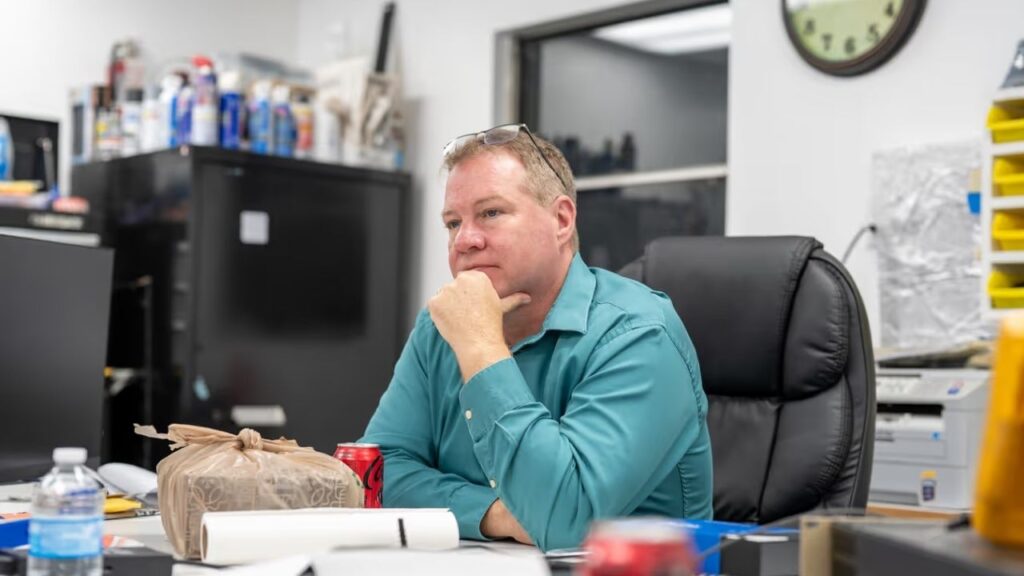
He is co-founder of Exodus Propulsion Technologies, a startup dedicated to developing advanced propulsion systems. His expertise spans decades, including involvement in space program projects like the Space Shuttle, International Space Station, and lunar dust removal missions supported by NASA.
The Breakthrough: Electrostatic Propulsion Without Fuel
What is Electrostatic Propulsion?
Electrostatic propulsion involves using electric fields to generate forces on objects. Traditional electric propulsion in space (like ion thrusters) still requires propellant — charged particles are pushed out to generate thrust. Dr. Buhler’s approach is different.
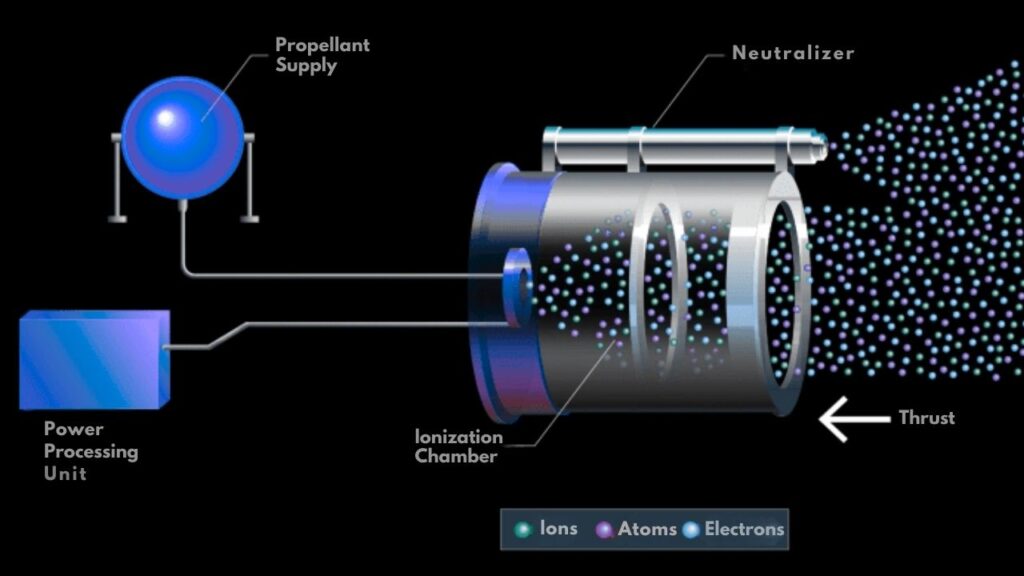
His patented system creates an uneven or asymmetric electrostatic field that produces a force on the craft itself, without expelling any mass. This phenomenon is based on manipulating voltage differences across specially designed conductive surfaces, resulting in what Buhler describes as a net electrostatic pressure force. If verified, this force can move objects in space without fuel, a concept that defies classical physics, particularly Newton’s Third Law of motion stating every action has an equal and opposite reaction.
How Does It Work?
- The system places an electric voltage across conductive plates arranged asymmetrically.
- The electric field creates different pressure on each side, causing a net thrust.
- This force, termed the “New Force,” enables the craft to move without pushing anything backward.
- Early laboratory tests in vacuum chambers produced thrust strong enough to counter gravity (1g), a game-changer for space travel technology.
Dr. Buhler’s patent (US11511891B2) details the design and method, explaining how the geometry and applied voltage create the needed forces. The technology relies on precise electric field control and specialized materials with high dielectric constants.
Practical Implications and Advantages
If this technology proves scalable and reliable, the implications are profound.
- No Fuel Required: Spacecraft wouldn’t need heavy fuel tanks, drastically reducing launch mass.
- Cost Reduction: Less fuel means lower costs for missions, making space exploration more accessible.
- Increased Mission Duration: Without fuel limits, spacecraft can operate longer and travel farther.
- Environmental Benefits: Eliminates pollutants related to rocket fuel combustion.
- Applications: Could enable lunar missions, asteroid mining, deep space probes, and satellites with extended life spans.
Challenges and Skepticism
Despite the excitement, Dr. Buhler’s claims challenge deeply held scientific principles. Without an equal and opposite reaction force (as per Newton’s Third Law), this technology implies new physics.
The scientific community remains cautious. Similar propulsion claims, such as the EmDrive, have failed rigorous independent tests. Third-party verification and real-world demonstrations are required to prove the system’s feasibility.
Dr. Buhler himself encourages independent testing and peer review to build broader acceptance.
Step-by-Step Guide: How This Technology Could Change Space Travel
1. Research and Development
Ongoing experiments to refine the propulsion system’s design and measure thrust precisely.
2. Laboratory Testing
Controlled vacuum chamber tests simulate space conditions to confirm force generation and system durability.
3. Small-Scale Demonstrations in Space
Launching small satellites equipped with this thruster on test missions to evaluate real performance in orbit.
4. Scaling Up
Building larger propulsion units that can power full spacecraft, capable of carrying payloads or crew.
5. Integration with Spacecraft Systems
Designing spacecraft around this propulsion method, optimizing power supplies and control systems.
6. Commercial and Exploration Missions
Applying the technology to commercial satellite launches, lunar missions, and interplanetary probes.
A Mirror Universe Might Be Warping Our Gravity — Scientists Shocked by the Clues
Quantum Network Meets Einstein’s Gravity: Can Science Solve Its Biggest Mystery?
Is the Universe a Giant Computer? New Research Offers Clues About Quantum Gravity
FAQs About Engineer Claims Breakthrough Method to Overcome Earth’s Gravity
Q1: How does this propulsion differ from traditional rockets?
A: Traditional rockets expel mass (fuel) to generate thrust. This system claims to generate thrust from electric fields alone, with no mass ejected.
Q2: Is this technology proven?
A: It has shown promising lab results and early tests with measurable thrust, but requires more independent verification and real-world demonstrations.
Q3: Will this replace all current space propulsion?
A: If scalable, it could complement or replace certain propulsion types, especially where fuel mass is a limiting factor.
Q4: Does this violate the laws of physics?
A: It challenges current understanding, particularly Newton’s Third Law. It suggests a new fundamental force, pending validation.
Q5: Can this technology work on Earth’s surface?
A: Early tests show it can generate forces comparable to gravity in vacuum; functionality in Earth’s atmosphere and different conditions is under study.
